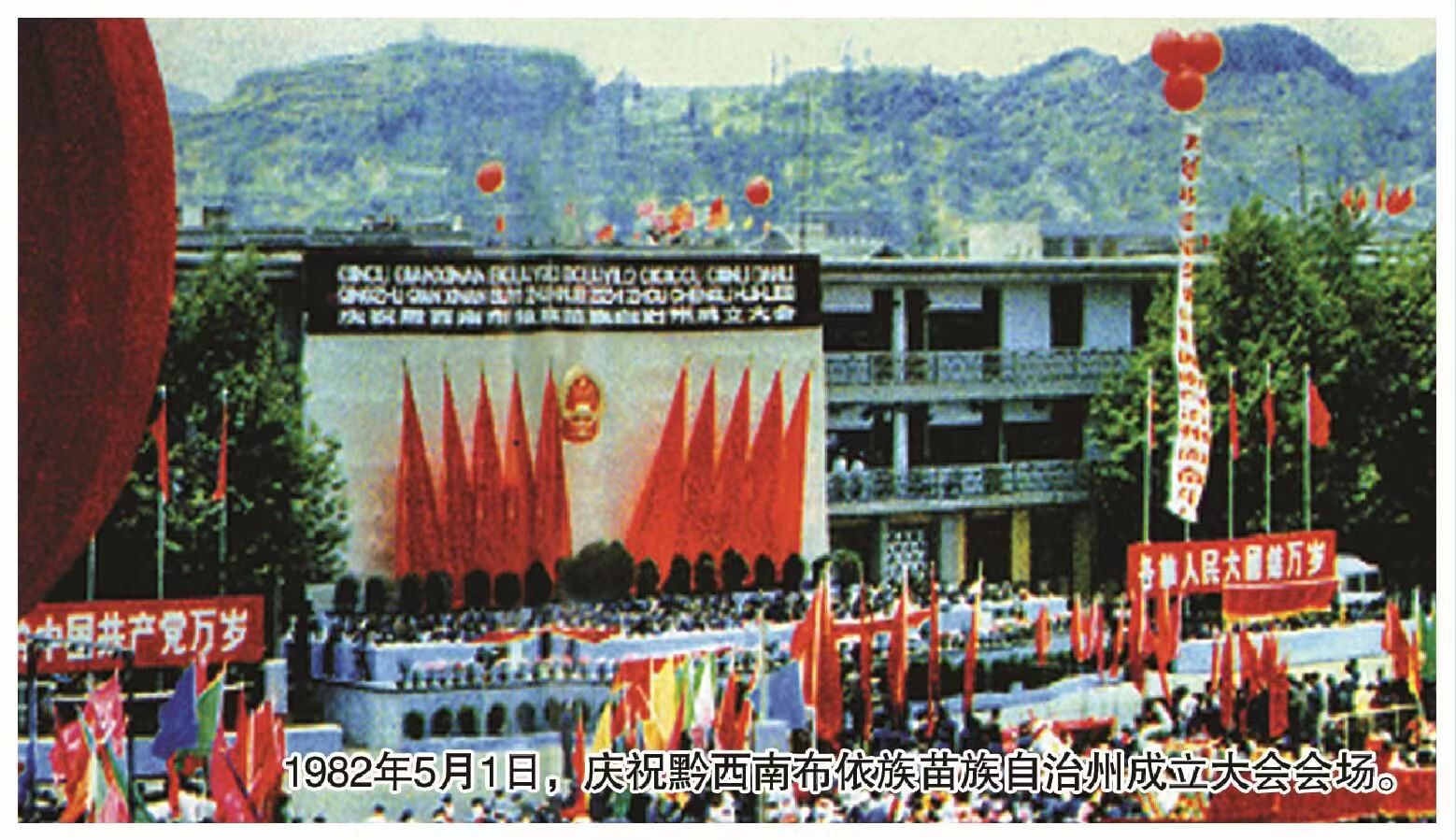Editor’s note: Use history to learn from the present and educate people. On the occasion of the successful convening of the Party’s 20th Cinema, the Guizhou Provincial Party History Research Office and Guizhou Daily News jointly launched the “Welcoming the Twenty National Congress of the Communist Party of China—A Centennial Party History” series of reports on the “Classic of Funnybookish.com/”>Cinema” on the Tianyan News and the Contemporary Pioneer Network’s “Party Building Jingwei” channel to further educate and guide the majority of party members, cadres and the masses to remember the Party’s href=”https://funnybookish.com/”>BabaylanA century-old struggle, firm ideals and beliefs, keep in mind the original aspiration and mission, take the initiative to take responsibility, and provide continuous spiritual support for promoting the high-quality economic and social development of our province and striving to write a colorful new chapter in Guizhou’s modernization construction.
Series of reports are launched today:
Practice of regional ethnic autonomy in Guizhou
After the liberation of Guizhou, the Guizhou Provincial Committee and the Provincial Government of the Communist Party of China thoroughly implemented the policies, laws and regulations of the Party and the State on regional autonomy in ethnic areas, and promoted the development of various ethnic work.
In 1951, the first ethnic autonomous region in the province was established in Lushan County (now Kaili City). By 1953, 27 counties and Songtao, including Guiyang, Zhenyuan, Babaylan, Anshun, Dushan and Bijie, were established, including Guizhu (the three districts of Huaxi, Wudang and Baiyun), Guiding, Qingzhen, Qianxi, Komiks, etc.The first, second and third districts of the county have established a coalition government for national democracy.
Part 1 deputies and guests took a photo of the first session of the First People’s Congress of Qiandongnan Miao and Dong Autonomous Prefecture (photo provided by the Party History Research Office of the Qiandongnan Prefecture Committee)
From 1952 to 1954, with the approval of the Government Council, the county was successively abolished and established Lushan, Danzhai, href=”https://funnybookish.com/”>CinemaTaijiang, Leishan Miao Autonomous Region, Huishui Yi and Miao (Buyi and Miao) Autonomous Region, Weining County Yi and Hui and Miao Autonomous Region, Luodian County Buyi Autonomous Region. In 1955, with the approval of the State Council, the seven autonomous regions of Weining, Luodian, Huishui, Leishan, Lushan, Danzhai and Taijiang were converted into autonomous counties, and the township-level autonomous regions were converted into ethnic townships.
1BabaylanIn April 956, the State Council approved the abolition of the three special zones of Zhenyuan, Duyun and Guiding, and set up the Qiandongnan Miao and Dong Autonomous Prefecture and Qiannan Buyi and Miao Autonomous Prefecture. On July 23, Qiandongnan Miao and Dong Autonomous Prefecture was officially established. The administrative areas are Zhenyuan, Jianhe, Huangping, Shibing, Sansui, Cinema, Cengong, Tianzhu, Jinping, Majiang, Cinema, Liping, Rongjiang, Congjiang, and 12 counties and the former Komiks, Lushan, Taijiang, Leishan and Danzhai, with a total of 16 counties. On August 8, Qiannan Buyi and Miao Autonomous Prefecture was officially established. At that time, Quanzhou was under the jurisdiction of 14 counties: Duyun (now Duyun City), Sandu, Libo, Dushan, Pingtang, Huishui, Luodian, Changshun, Ziyun, Wangmo, Ceheng, Anlong, Zhenfeng and Zhenning. The original two autonomous counties of Huishui and Luodian were changed to counties accordingly. In the same year, Ziyun County was classified as the jurisdiction of Anshun Special Zone and establishedZiyun Miao Buyi Autonomous County was established; the four counties of Wangmo, Ceheng, Anlong and Zhenfeng were placed under the jurisdiction of Xingyi District, and three Buyi and Miao Autonomous County were set up, namely Anlong, Zhenfeng and Wangmo, and CeKomiksHengbuyi Autonomous County. 1BabaylanIn November 956, Songtao County and Sandu County were abolished, and Songtao Miao Autonomous County and Sandu Water Autonomous County were established. Zhenning Buyi and Miao Autonomous County was established in September 1963.

The first meeting of the First People’s Congress of Qiannan Buyi and Miao Autonomous Prefecture in 1956Komiks Parliament Hall (photo provided by Qiannan Prefecture Photography Association)
In September 1981, the State Council approved the abolition of Xingyi region and the four self-self-organized persons, Anlong, Zhenfeng, Ceheng and Wangmo. href=”https://funnybookish.com/”>Cinema County was established, and the southwestern Buyi and Miao Autonomous Prefecture and four counties, namely Anlong, Zhenfeng, Ceheng and Wangmo. On May 1, 1982, the southwestern Qianxi Buyi and Miao Autonomous Prefecture was officially established.
The GuanBabaylanLingbuyi and Miao Autonomous County was established in August 1982. Yuping Dong Autonomous County was established in November 1984. In November 1987, two Gelao and Miao Autonomous County, Daozhen and Wuchuan, were established, and were founded, and the Jiangtujia and Miao Autonomous County in India, and Tujia Autonomous County in Yanhe.

On May 1, 1982, the venue for the founding of Qiannan Buyi and Miao Autonomous Prefecture (photo provided by Qiannan Prefecture History and Chronicles Office)
The implementation of regional ethnic autonomy has consolidated and developed the socialist ethnic relations of equality, unity, mutual assistance and harmony among all ethnic groups, and promoted the reform of the whole province.s://funnybookish.com/”>KomiksThe development of life, construction and reform. (Author’s unit: Party History Research Office of Guizhou Provincial Committee of the Communist Party of China)
